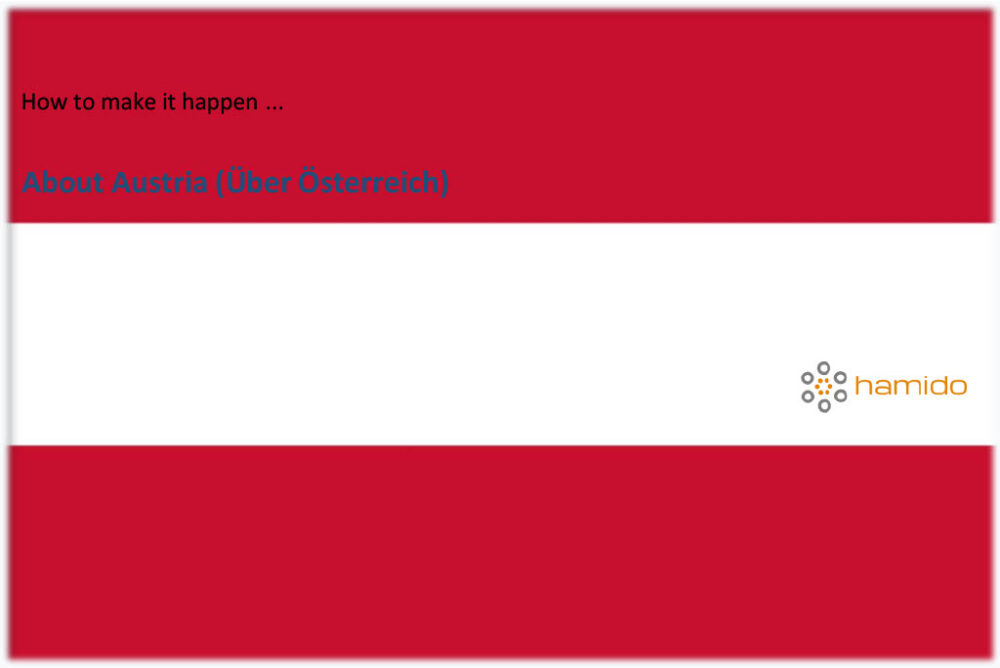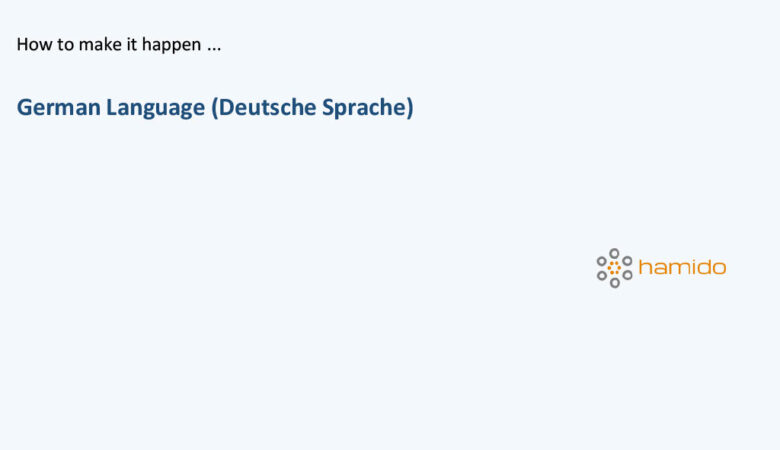When it comes to Austrian work visas, it actually means visas for workers outside the European countries (Non-EU citizens). Because the European workforce does not need many measures to stay and work.
Third-country citizen (Non-EU) job applicants for working and residence need a job visa.
Job applicants should use information sites provided by the Austrian government to receive accurate and up-to-date information.
- Website: Migration Austria
Below I have mentioned some of my personal experiences. But you should always refer to Austrian government websites.
There may be many ways to get a work visa for Austria, but the two conventional ways are as follows:
1- Job seeker visa
In this method, the applicant submits his application for a short-term residence visa (six months) in Austria in order to look for a job in this period of time.
- The applicant must meet the minimum requirements for this visa (refer to the governmental websites such as Migration Austria).
- Below items are evaluated and finally, the officer (Austrian authorities) makes a decision based on them and considers some other conditions such as financial documents.
- Graduation
- Research and innovation activities
- Awards and prizes
- Work experience
- Language skills (English and German)
- Studies in Austrian schools or universities
This method requires careful calculation and intelligent efforts of the job seeker. Therefore, if the applicant cannot receive the employment offer and start to work within the time frame of the visa, he must leave the country. Although he may be given opportunities with another visa if the work process starts but remains incomplete. But it often does not have good results by imposing financial costs! (accommodation, transportation , shopping and so on)
2- Receiving the job offer and apply for a red-white-red visa from the home country
In this method, which seems more reliable, the applicant first receives a job offer from a certain employer through various methods such as job search sites, exhibitions, etc., and applies for a work visa with the documents sent by the employer.
Different type of job visas in Austria:
Red-white-red ------ > two-year visa
If the applicant finds a job, he will receive a two-year visa (if the applicant's passport is valid for more than two years), which is called a red-white-red visa. During these two years, the applicant can only work in that company and cannot change jobs. (Except in special circumstances.

Red-white-red plus ------ > three-year visa
If he has been working full-time for 21 months of the previous two years, he can get a three-year visa at the next stage, which is called Red-white-red Plus. With this visa, the applicant has the possibility of free access to the labour market in Austria and can change his job.

EU permanent residence (Daueraufenthalt - EU) ------ > five-year visa
In the next step, if everything goes well, the applicant will receive a five-year visa that will allow them to stay and work in the European Union.

EU Blue Card
The EU blue card is also similar to the red-white-red card and another solution for skilled non-EU workers.
Important items for applicants:
- In the city of Vienna, work related to job visas is currently (2023) handled by the MA35 (Magistratsabteilung 35: Municipal Department 35).
- In the rest of the provinces of Austria, work related to job visas is currently (2023) handled by the BH (Bezirkshauptmannschaft: District administration).
- AMS (Arbeitsmarktservice) is the Austrian Public Employment Service in Austria. You may need to be in contact with them during your process. Employment approval is issued by the AMS.
Austrian Citizenship (updated 22-01-2023)
General:
- You can only apply for citizenship if you have lived legally (with residence permit or a visa) and continuously (uninterrupted) in Austria for at least 6 years.
- You are allowed to stay outside Austria for a maximum of 20 percent of the time for vacation or so on.
For 6-9 years residence:
- German certificate at least language level B2
- Secure livelihood (money) => (Net income) – (regular monthly expenses) > specific amount depends on the number of children
- regular monthly expenses: rent, loan installment, maintenance payments, seizure etc.
- Checking the following conditions:
- Place of birth
- Current citizenship status
- Marital status and life partner
- Activities in education, social or health sectors
- Volunteer work (ehrenamtlich tätig)
- Amount of minimum security income (mindestsicherung) should be less than 36 months during the 6 last years
- Blameless (unbescholten)
- Administrative penalties such as traffic fines
For more details and updated information, please refer to wien.gv.at website.
For 10 years or longer residence:
- ÖIF or ÖSD certificate at least language level B1
- ÖSD only valid if you took the exam between 29-05-2018 and 30-05-2021.
- Positive assessment of a completed schools in Austria.
- Positive completion of the final apprenticeship or skilled worker examination
- Post-secondary educational institutions such as universities, technical colleges, academies and colleges conduct studies.
For more details and updated information, please refer to wien.gv.at website.





Leave a Reply